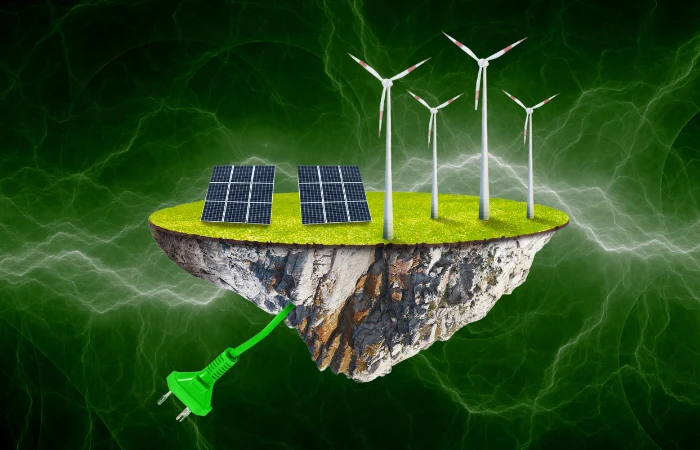In a significant development for the global climate conversation, the International Energy Agency (IEA) has recently shared an updated roadmap towards net-zero, suggesting that we might still be able to cap global warming at 1.5°C (34.7°F).
This is heartening, especially considering the burgeoning investments we’ve observed in clean energy over the past two years, propelled both by geopolitical events like the Ukraine war and the increasing ferocity of extreme weather events.
However, optimism comes with caution: meeting the 1.5°C target still seems daunting.
Emission Rates: The Rising Concern
While nations are earnestly turning their energy grids greener, the irony lies in the concurrent rise in emissions. Since 1990, when the Intergovernmental Panel on Climate Change delivered its first assessment, the planet has discharged an alarming one trillion tons of CO2, consuming two-thirds of our “carbon budget” – the maximum carbon we can release and still stay within the 1.5°C limit.
Given our current emission trends, around 40 billion tons annually, we’re poised to hit the 1.5°C increase in just nine years, with the 2°C mark trailing close behind in about three decades.
Green Yet Not Enough
Though electric vehicle adoption rates skyrocket, the fact remains that 1.4 billion vehicles still depend on traditional fuels.
Furthermore, emissions are mounting across various transport modes, coal usage has surged unexpectedly, and despite the progress with renewable installations, they haven’t completely ousted fossil fuels.
The sun can shine, and the wind can blow, but unless renewables replace fossil fuel power, the thermometer will keep rising.
However, there’s hope on the horizon. Countries worldwide are beginning to tackle climate change with renewed vigor. Renewables are proving profitable, making them an appealing investment. Cities are witnessing improved air quality with the proliferation of electric vehicles.
Nations like China aren’t just meeting but exceeding their renewable energy goals, according to them. Yet, these transformations need global acceleration.
Challenges and The Way Forward
Certain industries, such as concrete, steel, aviation, and food, remain stubbornly carbon-intensive and represent longer paths to decarbonization. However, the objective remains clear: expedite the reduction of fossil fuel dependency and capture any unavoidable emissions.
To genuinely cut emissions, the world needs to do more than just meet the rising energy demand with green sources; it requires monumental, transformational change.
Understanding The IEA's Optimism
If data points to an inevitable breach of the 1.5°C threshold, why does the IEA remain hopeful? The answer lies in an ambitious vision of not only overshooting the 1.5°C target, but also developing advanced carbon removal methods to bring us back within limits. This approach calls for establishing an entirely new industry centered on atmospheric greenhouse gas removal—a task that will span decades.
Looking Ahead
While steering past the 1.5°C benchmark isn’t a signal to admit defeat, it underscores the importance of every effort made to curtail this increase. With our current global warming at 1.2°C, we’re already grappling with the devastating effects of climate change, as evidenced by events like the tragic floods in Derna, Libya.
There’s a double-edged challenge here: reducing emissions and preparing for the changes already in motion. This is no tale of inevitable doom. If anything, the resolve displayed by climate scientists and the global community shows that change, though challenging, is possible. But there’s no denying the hard truth—the clock is ticking, and we must act now.





















